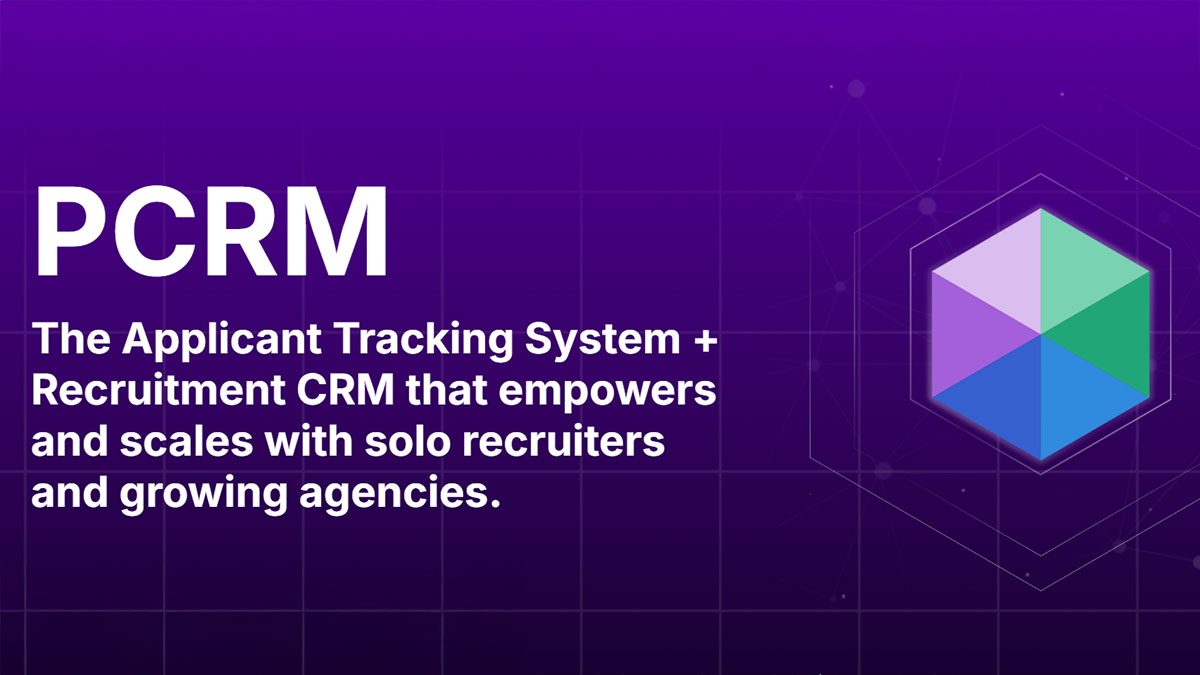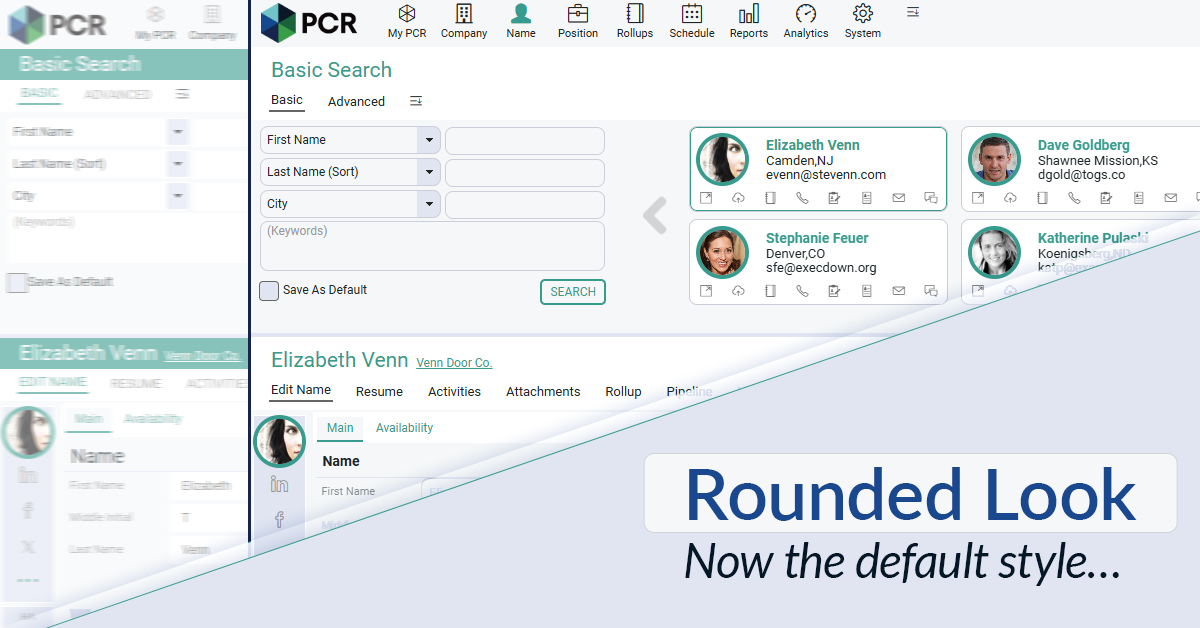If you like working with technology and connecting job seekers with available positions, a career as a personnel recruiter may be right for you.
Personnel recruiters work to find, interview, and screen applicants capable of filling existing and anticipated job openings within their company. They also are responsible for promoting career opportunities within the organization.
There are a number of ways a personnel recruiter might find potential candidates, but one of the most popular and efficient ways is by using a company ATS, which allows job seekers to apply for specific jobs and provide information the company wants to know.
On a typical day, a personnel recruiter will interview applicants to find out various information about their qualifications, and will then refer the applicants he or she likes to the company’s hiring manager. The personnel recruiter is then responsible for contacting candidates to inform them of their application status.
Personnel recruiters are often responsible for conducting a background check (Click here) on job seekers to make sure information on their resume and statements made during interviews are accurate. They also inform employees of the company’s staffing policies and procedures.
When looking at the job description template (Click here) of a personnel recruiter, candidates for the positions must have certain knowledge, including:
Candidates for a personnel recruiter position also must have certain skills, including the ability to: listen to, read, write, and understand information; communicate information and ideas to others; and identify and understand how other people communicate.

PCRM — the CRM and Recruitment ATS hybrid built specifically to empower and scale with solo recruiters and growing agencies — is now available.
Read more
Recruitment professionals are facing a new challenge in today’s digital landscape: scammers posing as legitimate recruiters. These scammers are increasingly targeting remote work job seekers, causing some candidates to become wary of all recruitment outreach.
Read more
The Rounded Look for inputs and navigation elements has been made the default style throughout PCR. This rounded style can be combined with any of the seven color themes.
Read moreFind out more about who we and what we do.